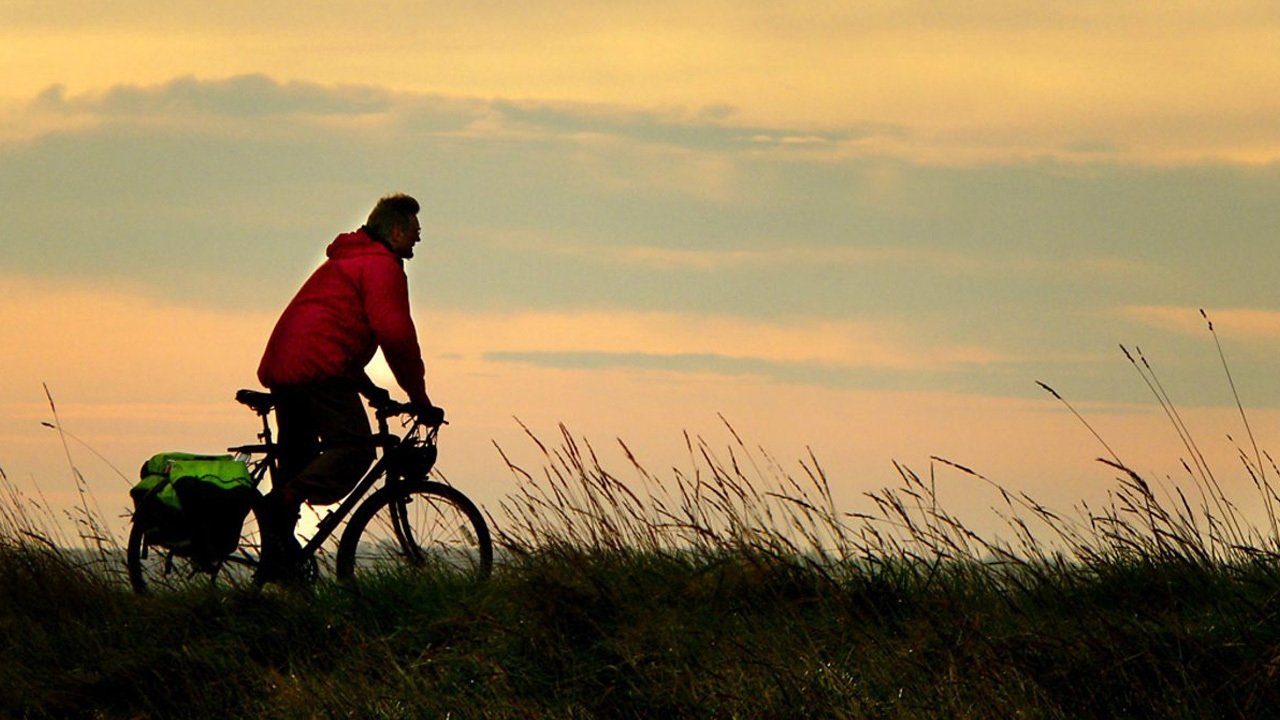

Great British Journeys
Retracing the steps taken by some of Britian's greatest explorers
Created By
Status
Ended
Original Name
Great British Journeys
First Air Date
August 14, 2007
Last Air Date
October 2, 2007
Seasons
1
Episodes
10
Language
English
Production Companies
Networks
HV Morton
HV Morton toured Scotland in the 1920 and 30s, driving a Bullnose Morris, from south to north and east to west. At the time, Scotland still had the feeling of wild unexplored lands – and the motor car the novelty of a new form of transport that could open such places up. Morton tried to capture this spirit with his writing, and in doing so struck a popular chord with the middle classes of his day. But there are layers beneath what initially appears an unashamedly picturesque meander through Scotland. For example, did Morton really believe the car was the ultimate mode of travel? What was he really looking for? Did he embellish his account at all? And how much has Scotland changed in the 70-odd years since? Who was HV Morton? The wonderfully-named Henry Canova Vollam Morton was born in Lancashire in 1892. At 17, he joined the paper his father edited: The Birmingham Gazette. This led to The Daily Express, where he made his name covering the discovery of Tutankhamun’s tomb. Despite his English birth, Morton’s Scottish mother had filled his childhood with tales of Bonnie Prince Charlie, William Wallace and Rob Roy. It was inevitable he’d leap at The Daily Express’s request for a series of articles on driving round Scotland. It led to two books: In Search of Scotland (1929) and In Scotland Again (1933). They are two of the earliest and best books from a 60-year career in travel writing, that also covered Europe, Africa and the Middle East. They’re escapist classics, a romantic blend of landscape, history and colourful characters, with nothing reserved about the style. If anything, Morton runs out superlatives too soon, but this weakness can also be a strength of great travel writing: it truly makes you wish you were there.
View Episodes